Search results for: 'probes dyes nuclear stains propidium iodide'
-
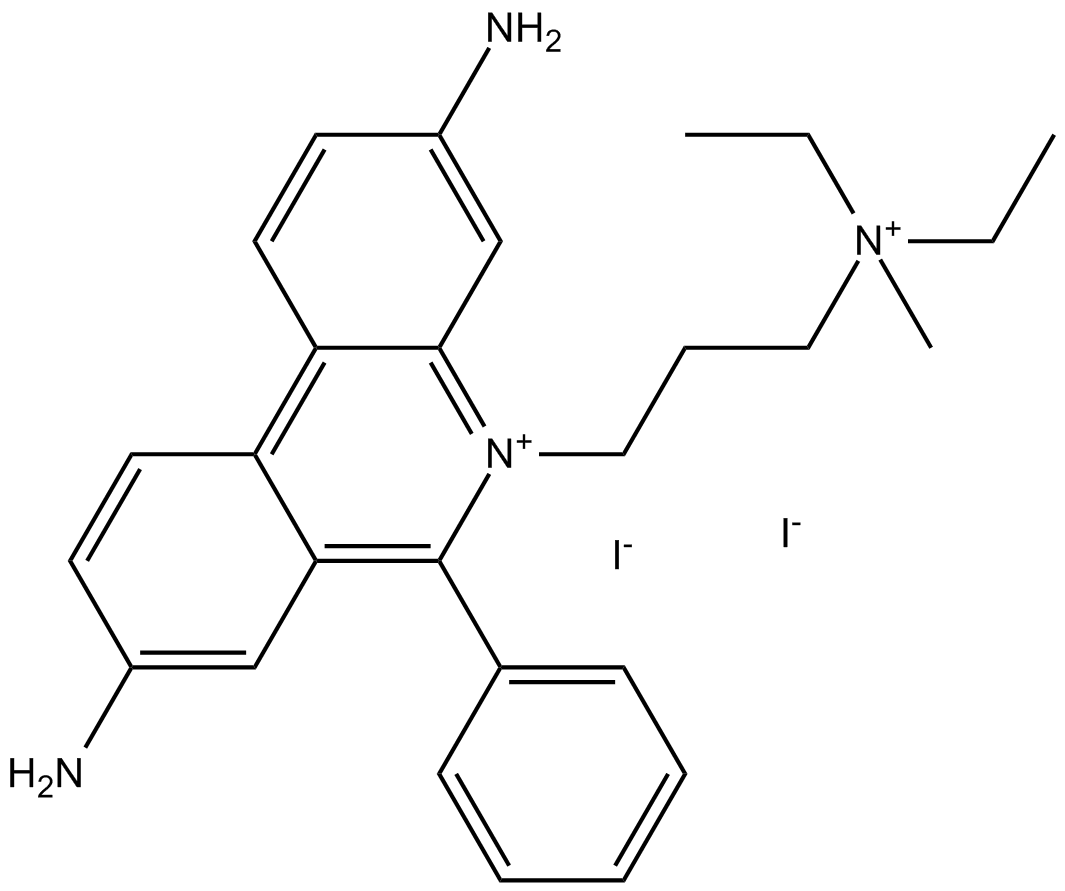 B7758 Propidium iodideSummary: A red-fluorescent DNA stain
B7758 Propidium iodideSummary: A red-fluorescent DNA stain -
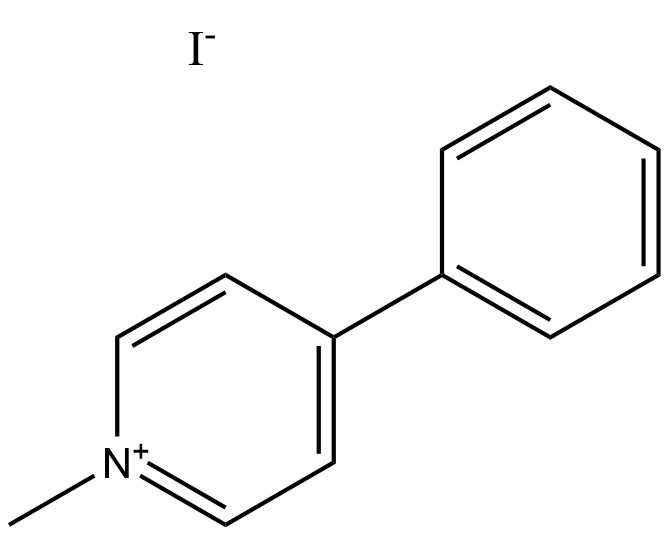 C8601 MPP+ iodideSummary: MPP⁺ iodide is a toxic metabolite of MPTP and a high-affinity substrate of the serotonin transporter (SERT), used to induce Parkinsonian symptoms in dopaminergic neuron models.
C8601 MPP+ iodideSummary: MPP⁺ iodide is a toxic metabolite of MPTP and a high-affinity substrate of the serotonin transporter (SERT), used to induce Parkinsonian symptoms in dopaminergic neuron models. -
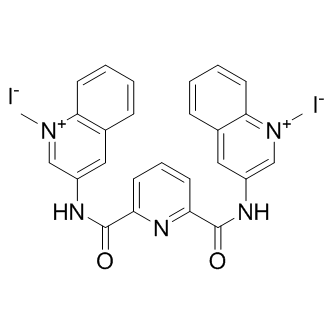 A3120 360A iodideSummary: G-quadruplex structures inhibitor
A3120 360A iodideSummary: G-quadruplex structures inhibitor -
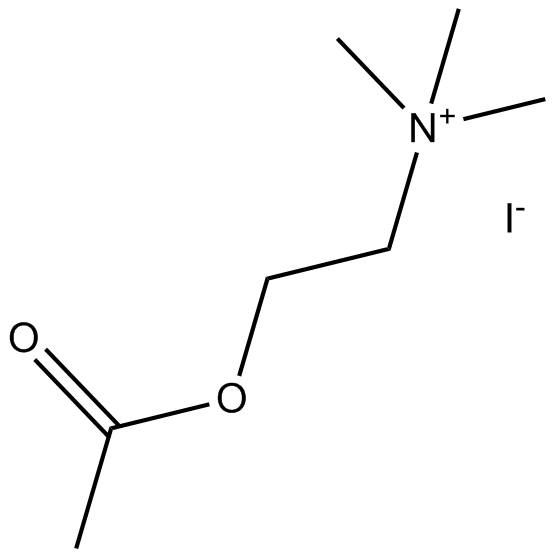 C6791 Acetylcholine iodide
C6791 Acetylcholine iodide -
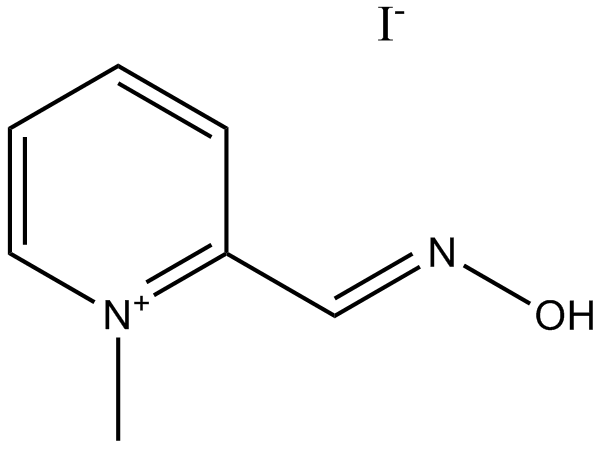 C6504 Pralidoxime Iodide
C6504 Pralidoxime Iodide -
 B7264 (+)-Muscarine iodideSummary: Muscarinic acetylcholine receptor agonist
B7264 (+)-Muscarine iodideSummary: Muscarinic acetylcholine receptor agonist -
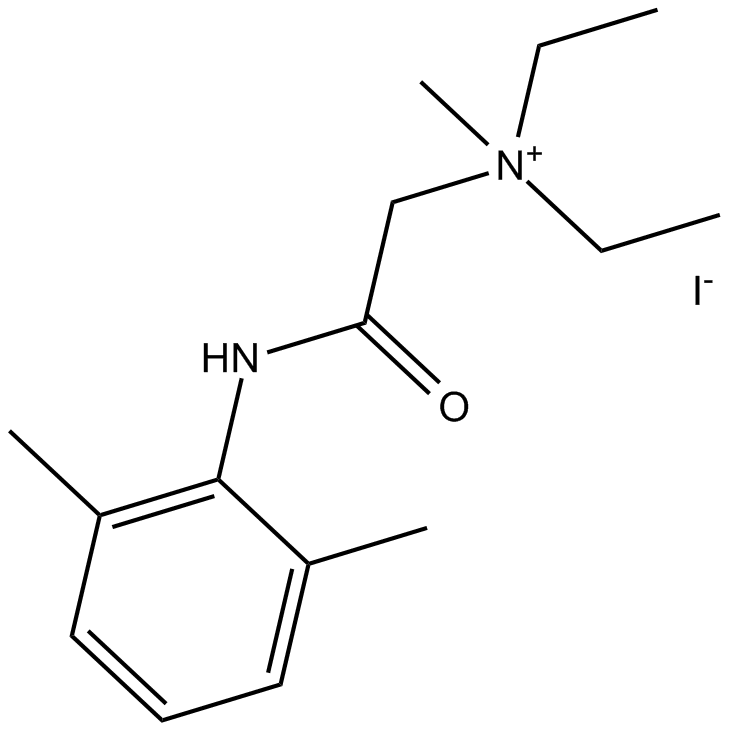 B6564 N-Methyllidocaine iodideSummary: antiarrythmic agent,enhances phosphatidyl biosynthesis
B6564 N-Methyllidocaine iodideSummary: antiarrythmic agent,enhances phosphatidyl biosynthesis -
 B2008 Potassium IodideSummary: metal halide with thyroid protecting and expectorant properties
B2008 Potassium IodideSummary: metal halide with thyroid protecting and expectorant properties -
 N2851 (+)-Magnoflorine iodideSummary: An aporphine alkaloid isolated from Acorus calamus
N2851 (+)-Magnoflorine iodideSummary: An aporphine alkaloid isolated from Acorus calamus -
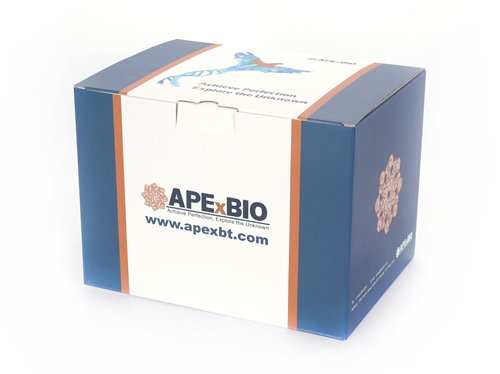 K1187 Nuclear Fast Red Staining SolutionSummary: Nuclear Fast Red Staining Solution, an ideal counterstaining in tissue staining, which stains nuclei red
K1187 Nuclear Fast Red Staining SolutionSummary: Nuclear Fast Red Staining Solution, an ideal counterstaining in tissue staining, which stains nuclei red


